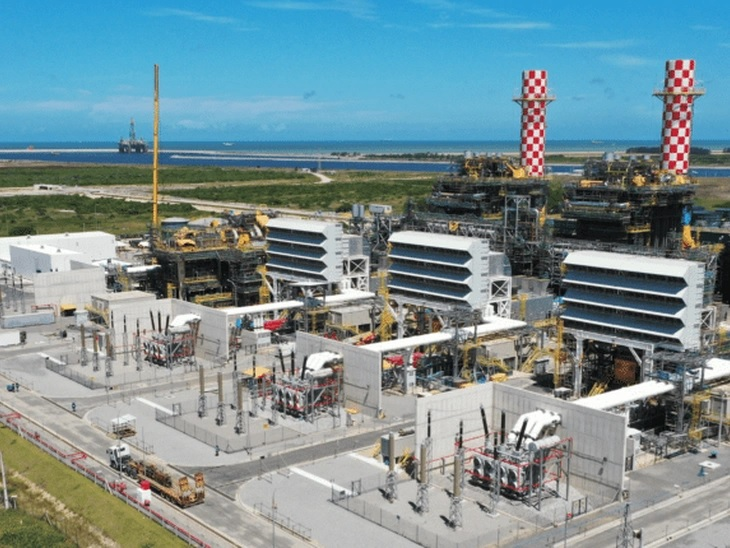
Petroleum, Gas and Naval experts at the federation claim that energy integration will be the future of the market, and that the region will benefit from oil and gas infrastructure
T&B Petroleum/Press Office Firjan
Norte Fluminense is at the forefront of the evolution of energy integration, and Campos is the second municipality with the most solar generation in the state. Based on this framework, Firjan Norte Fluminense discussed the panorama of energy investments in the region during a live, on 10/28. "With so many projects from oil and gas exploration and production to solar and wind energy, including thermoelectric power plants, the region stands out as an energy hub in the state and in Brazil," said Fernando Montera, Oil Content Coordinator, Gas and Naval of the federation.
The Energy Radar in Norte Fluminense made by Firjan counts: 53 fields in oil production, two exploration blocks, two with a scheduled tender, four under concession, four offshore wind projects, one for solar photovoltaic generation and the other for green hydrogen. Patrícia Daldegan, coordinator of the Regional, reinforced the local energy potential and the importance of discussing the investments planned to program future actions.
Montera explained that, in relation to gas pipelines, there is Route 5B, confirmed by Equinor, which will connect to the Cabiúnas Terminal, and Route 6B, which has the possibility of connecting with Porto do Açu. Regarding thermoelectric plants, the park is constantly expanding: GNA 2 and Marlim Azul, under construction, in addition to 12 other projects, which will represent a capacity 11% higher than that of all the thermal plants already installed in Brazil. There is also an Oil Group refinery project at Porto do Açu, with an estimated investment of US$ 300 million and start-up in 2024.
Tatiana Lauria, a specialist in Infrastructure at Firjan, believes that the future is energy integration using renewable sources. “Brazil is the second country that created the most jobs from renewable sources. In Norte Fluminense, the installation of solar industries has grown 25 times in five years”, she analyzed. Campos has 2,811 solar generation points, being, in the state, only behind the city of Rio (6,332). Industrialists have already understood the importance of solar energy for cost reduction, she added.
Karine Fragoso, manager of Oil, Gas and Naval at Firjan and general director of the National Organization of the Petroleum Industry (ONIP), pointed out that, with the need for energy transition, oil companies are becoming energy companies. “This impacts the market in terms of resources for exploration and production. But there is still a lot to explore and produce oil and gas in the Campos and Santos Basins. For that, you need the support of the goods and services industry”, she concluded.
The region's oil and gas infrastructure can be used in renewable generation, especially offshore, which will soon increase its share. The new projects, according to Tatiana, will have an impact on the generation of income and qualified jobs. Firjan SENAI Institutes can contribute to the training of manpower. One of them is the Technical Course in Renewable Energy Systems, by Firjan SENAI, which teaches how to design, assemble and generate electricity from renewable sources.

Contact us
2